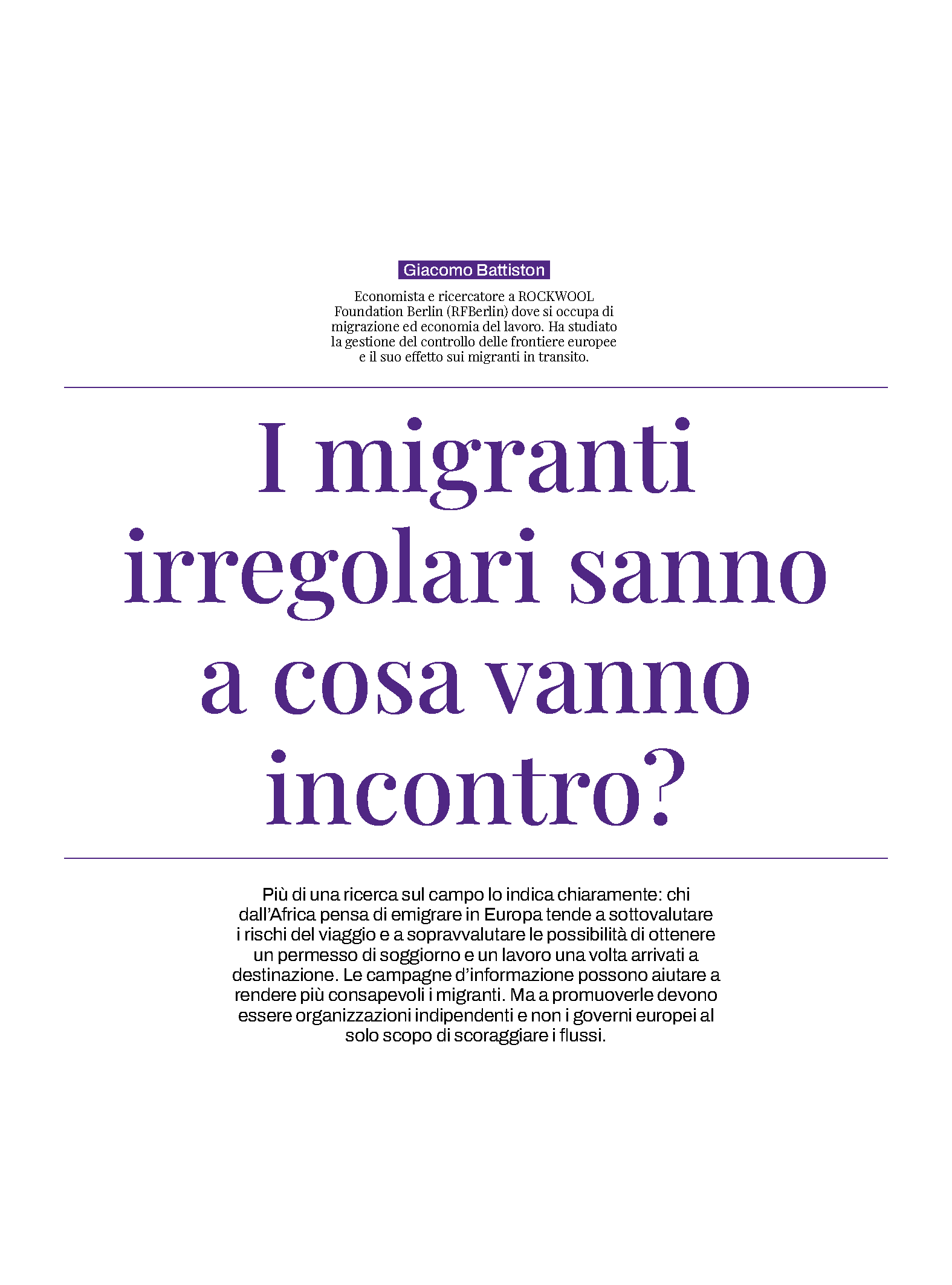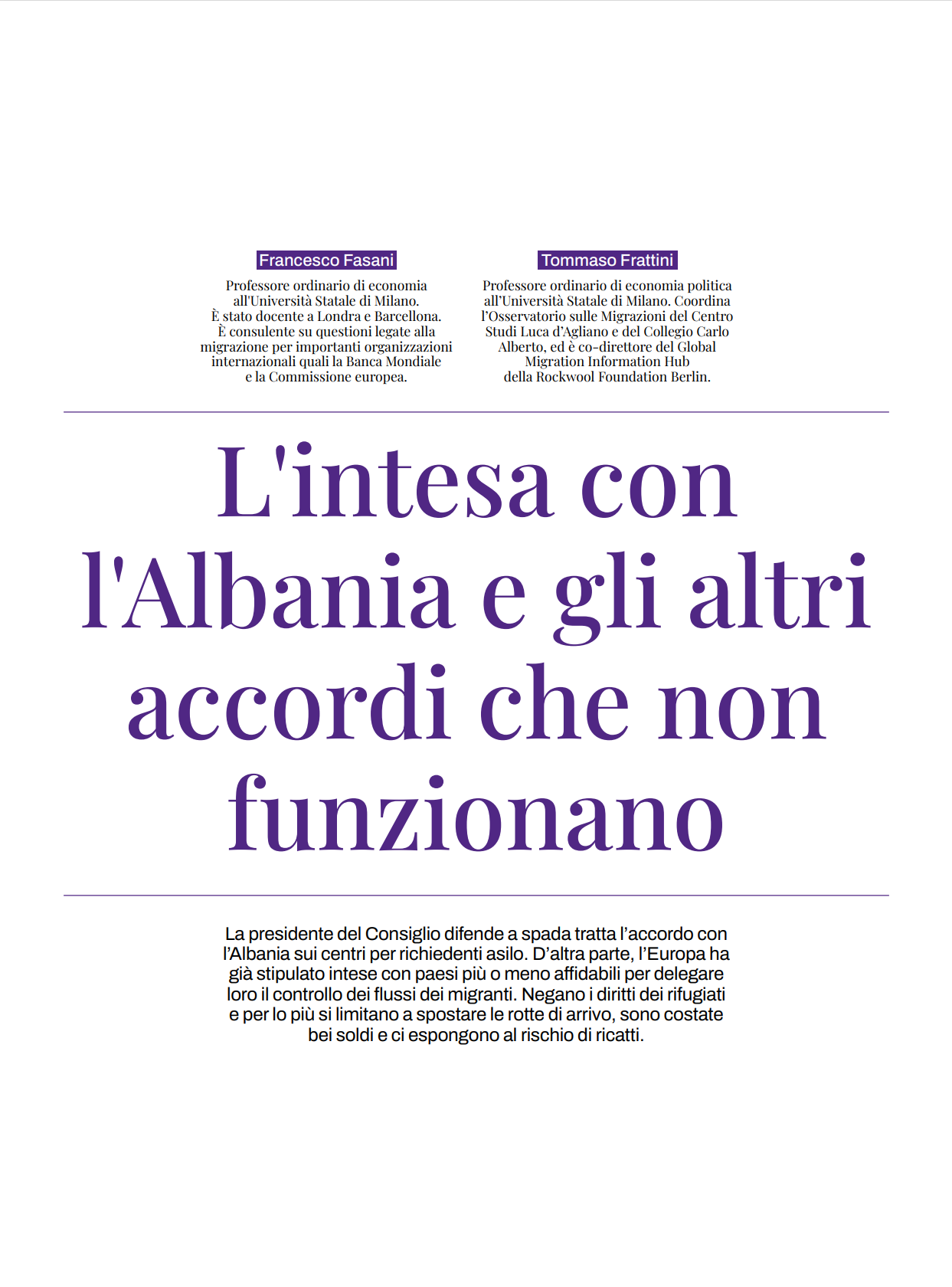We are pleased to share the latest update on our Global Migration Information Hub, featuring latest data from the European Social Survey on attitudes towards migration within the EU. Here are some key highlights:
- Rising Positivity: Between 2002 and 2020, the share of natives with positive attitudes towards migration has grown.
- Acceptance Patterns: More people in the EU are willing to accept immigrants of the same race and from within the EU than those from different races or poorer non-European countries.
- Educational Impact: Individuals’ attitudes towards migration strongly depend on their education level, with higher acceptance rates among those with tertiary education.
- Generational Differences: Younger individuals tend to be more open to migration, showing greater acceptance of people from different races.
Explore more insights and trends on the GMIH dashboard.
Detailed Findings
- Overall Trends: Acceptance of immigrants of the same race as the majority increased significantly, peaking around 2012 and remaining relatively high. From 2018 to 2020, there was a notable rise in acceptance across all immigrant groups.
- Country-Specific Changes: Most EU countries have shown increased acceptance of immigrants over the last two decades. Portugal, the United Kingdom, and Norway displayed the most significant positive changes, while countries like Slovenia and Greece remained stable, and others like Sweden, Slovakia, Hungary, and the Czech Republic showed decreased acceptance.
- Impact of Education and Gender: Acceptance levels are similar between men and women but differ significantly based on education. Individuals with tertiary education, regardless of gender, show higher acceptance rates.
- Age Group Analysis: Younger age groups (15-24 and 25-64) consistently show higher acceptance of immigrants compared to the older group (65+), with all age groups showing a marked increase in acceptance post-2010.
A comprehensive view of these trends and more can be found in the descriptive piece.




